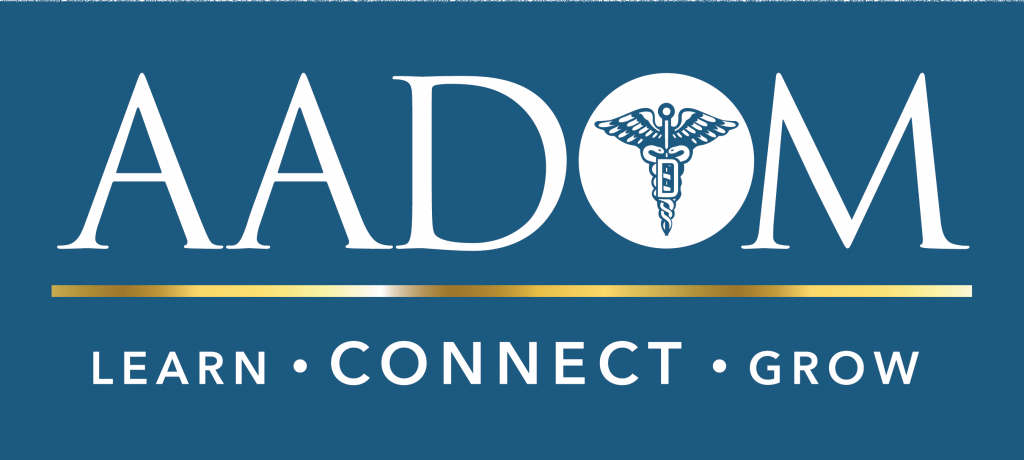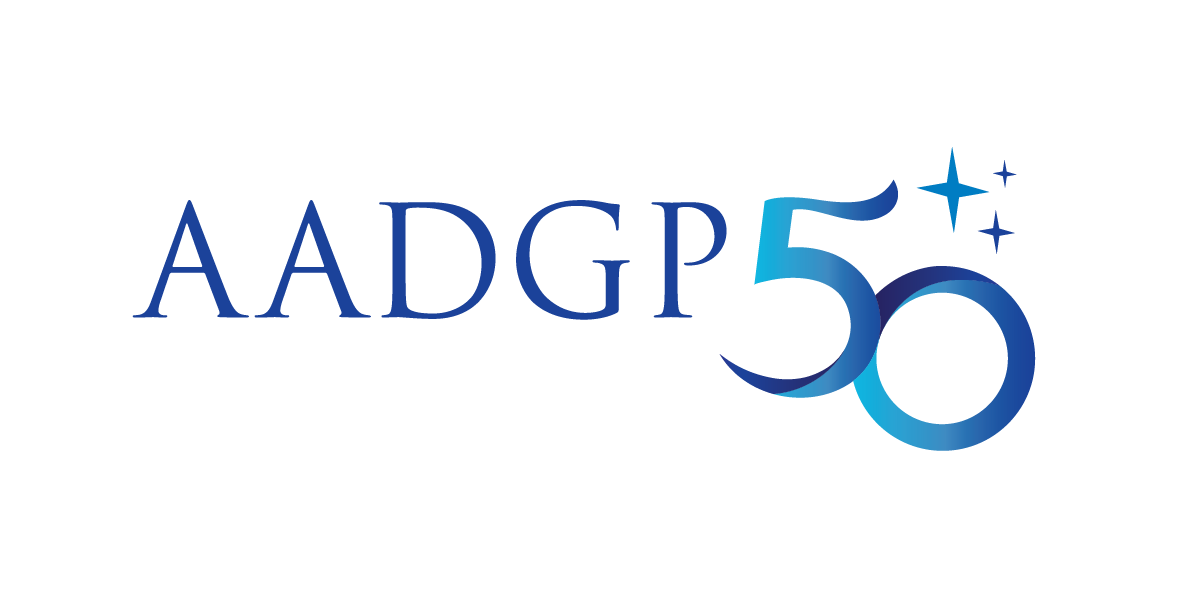What is Trigeminal Neuralgia?
Trigeminal Neuralgia, also called ‘tic douloureux’, is a chronic pain condition that affects the trigeminal nerve, which carries sensation from your face to your brain and causes extreme discomfort, uneasiness and immense pain. Even mild stimulation of your face — such as from brushing your teeth or putting on makeup — may trigger a jolt of excruciating pain.
Source – National Pain Report
The people at higher risk of trigeminal neuralgia are above the age of 50 years and women.
It is said to be a progressive disease which is not life threatening but the symptoms get worse with time if left untreated.
The causes of Trigeminal neuralgia
- Due to any injury to the Trigeminal nerve in an accident .
- Few diseases like multiple sclerosis can also injure myelin sheath of neurons and result in irregular excitation of the nerve.
- Many times due to pressure from arteries or any tumour, the nerve gets compressed; thus causing Trigeminal neuralgia .
What are the symptoms of Trigeminal Neuralgia?
The pain in trigeminal neuralgia is described as the most excruciating pain known to humanity. The pain typically involves the lower face and jaw, although sometimes it affects the area around the nose and above the eye. This intense, stabbing, electric shock-like pain is caused by irritation of the trigeminal nerve, which sends branches to the forehead, cheek and lower jaw. It usually is limited to one side of the face.
The pain of trigeminal neuralgia is defined as either Type I (sometimes also referred to as “classic”) or Type II (may also be called “atypical”) .
- With classic pain, there are definite periods of remission. The pain is intensely sharp, throbbing and shock-like and usually triggered by touching an area of the skin or by specific activities.
- Type II pain often is present as a constant, burning sensation affecting a more widespread area of the face. With atypical trigeminal neuralgia, there may not be a remission period, and symptoms are usually more difficult to treat.
Trigeminal neuralgia tends to run in cycles. Patients often suffer long stretches of frequent attacks followed by weeks, months or even years of little or no pain. The usual pattern, however, is for the attacks to intensify over time with shorter pain-free periods. Some patients suffer less than one attack a day, while others experience a dozen or more every hour. The pain typically begins with a sensation of electrical shocks that culminates in an excruciating stabbing pain within less than 20 seconds. The pain often leaves patients with uncontrollable facial twitching, which is why the disorder is also known as tic douloureux.
Attacks of trigeminal neuralgia may be triggered by the following:
- Touching the skin lightly
- Washing
- Shaving
- Brushing teeth
- Blowing the nose
- Drinking hot or cold beverages
- Encountering a light breeze
- Applying makeup
- Smiling
- Talking
What is the treatment of Trigeminal Neuralgia ?
The treatment involves both medical and surgical approaches.
For medications ,
- anticonvulsants are prescribed which helps in preventing nerves from getting excited and causing pain.
- Muscle relaxants are also given to ease the pain and spasms occurring due to it.
- Tricyclic antidepressants are given to manage the other symptoms.
Surgical approach involves
- Microvascular decompression in which removal or moving the arteries from the nerves are done which are impinging them causing problems.
- Rhizotomy is another treatment modality in which the nerve fibres causing the problem are removed.
Miscellaneous Therapies
There are other therapies which help in preventing and controlling the symptoms of Trigeminal neuralgia
- Yoga and facial exercises.
- You can also opt for Aromatherapy in which essential oils from plants like peppermint helps in easing the pain and healing the face from the discomfort caused.
- Acupuncture is another Chinese tradition which can be helpful as well . It includes using thin needles to balance the energy in the body and face.
Trigeminal neuralgia is a serious condition and need not to be taken lightly. If you think you have chronic pain with no underlying dental or neurological problems, then do consider asking your dentist about trigeminal neuralgia. After reading the article, you also know the various symptoms of the condition, so, if any of these match your present condition, please go consult your dentist or simply book your appointments today at TODAYS DENTAL and we are here to serve you with the best of our services.
Say HI to TODAYS DENTAL and bye to your dental problems!
[text-blocks id=”internal-page-footer”]





